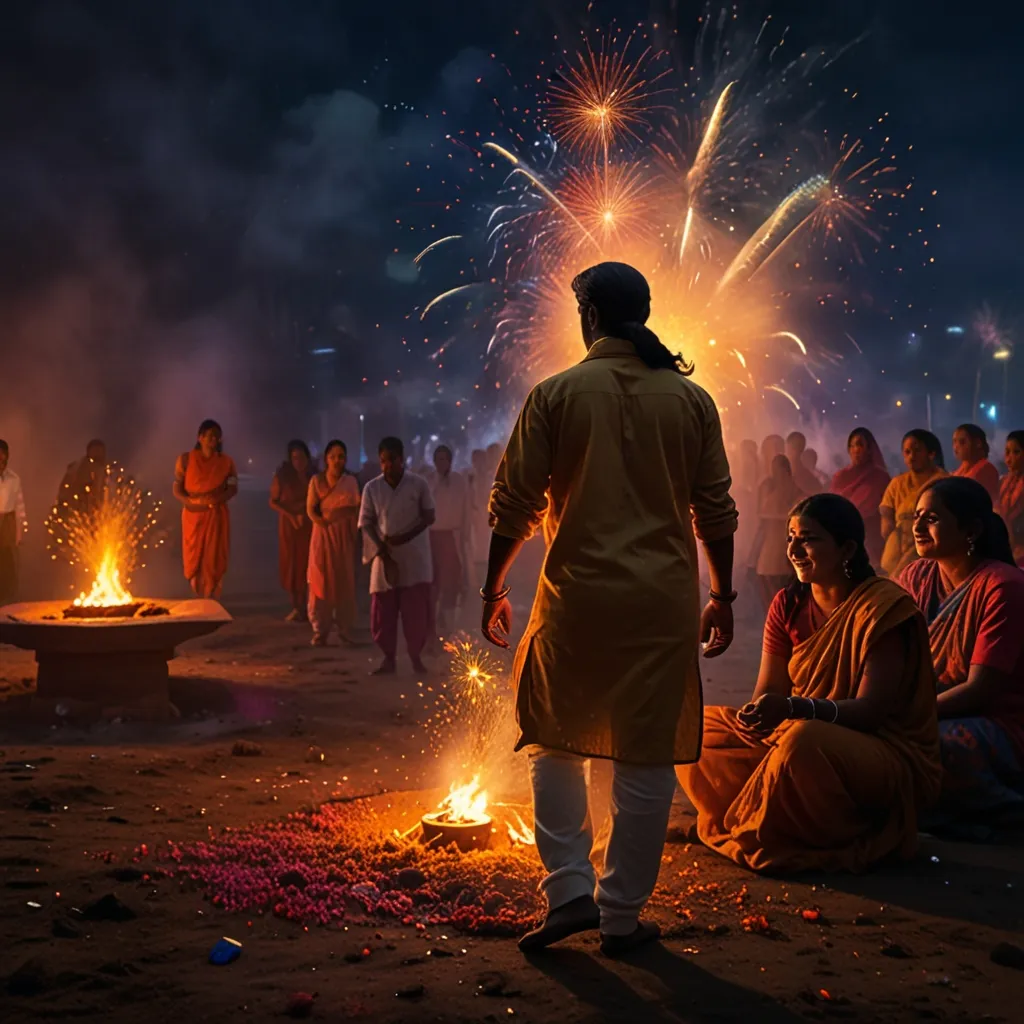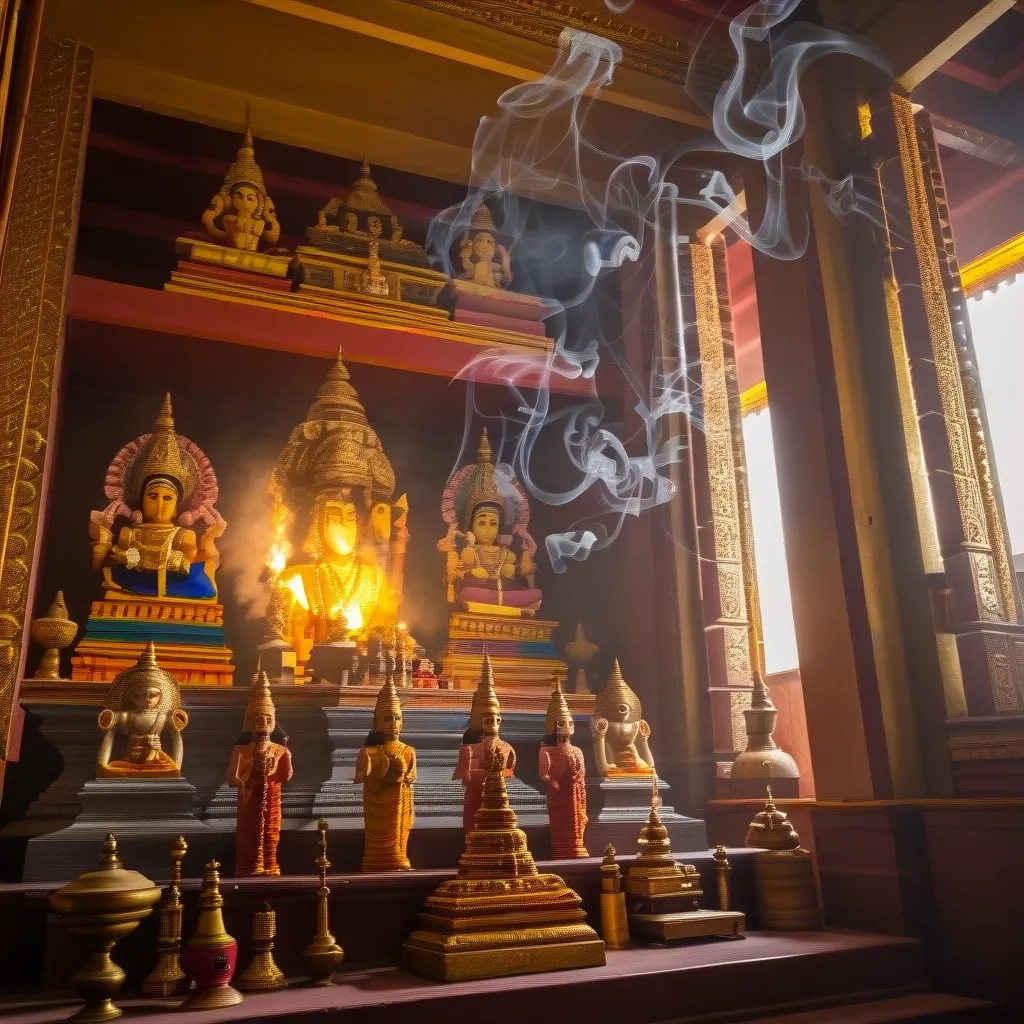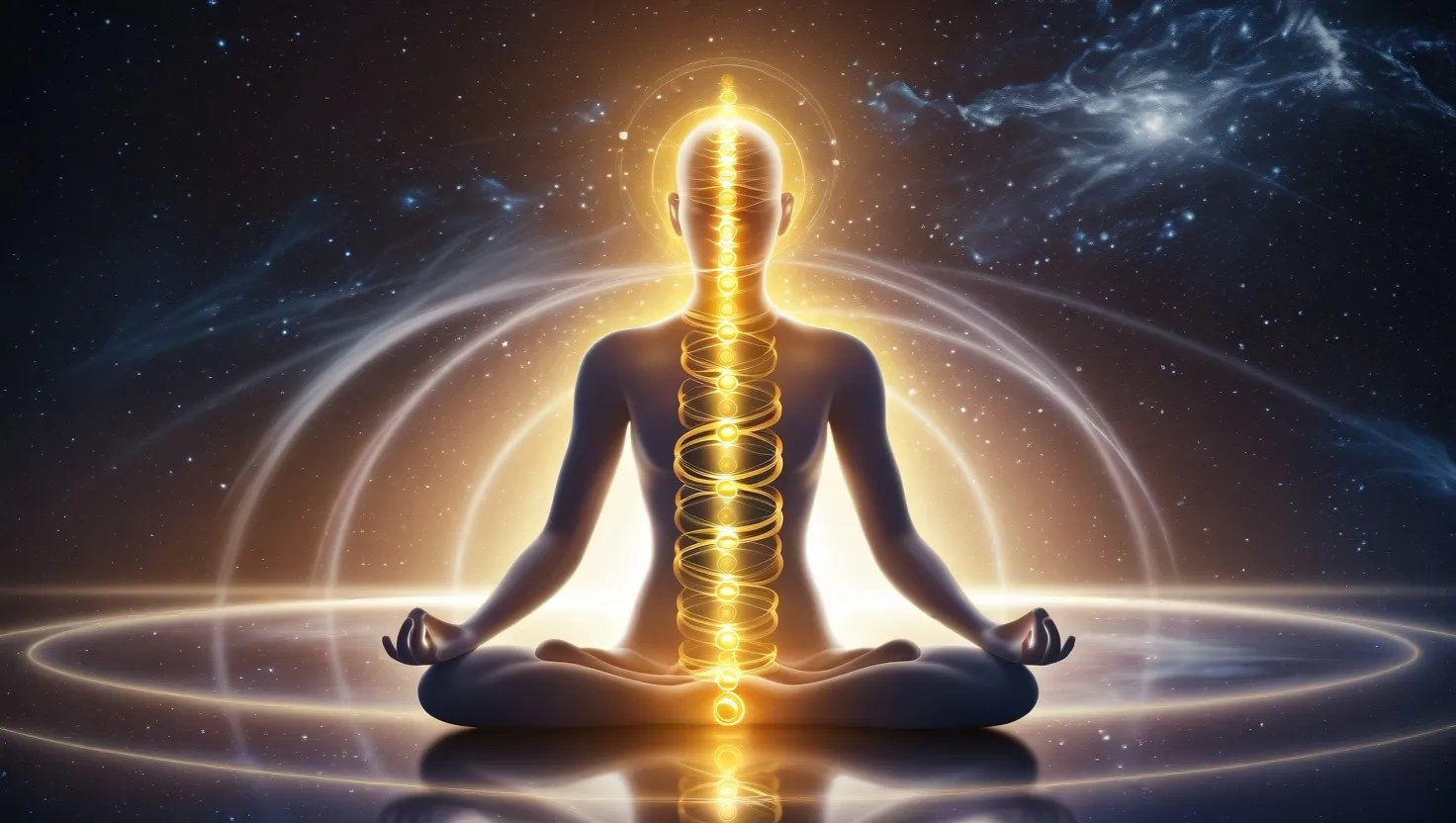The Vision of Non-Duality: Advaita Vedanta’s Approach to Ultimate Reality
Let me start with something that might sound strange. What if I told you that you’re not really separate from everything around you? What if the person sitting next to you, the chair you’re sitting on, and the air you’re breathing are all fundamentally the same thing? This isn’t poetry or mysticism. This is what Advaita Vedanta, one of the oldest schools of Hindu philosophy, has been teaching for thousands of years.
I find this idea genuinely fascinating because it challenges everything our everyday experience seems to tell us. We see separation everywhere. You’re here, I’m there. Your problems are yours, mine are mine. But Advaita Vedanta says this is an illusion, and once you understand why, your entire relationship with reality shifts.
The core teaching of Advaita is beautifully simple: reality is one without a second. That’s it. There is no division, no multiplicity at the deepest level, only absolute unity. The ancient Sanskrit phrase “Aham Brahmasmi” captures this perfectly. It means “I am Brahman.” Not “I will become Brahman” or “I should try to merge with Brahman.” You already are it. Right now.
Think of it this way. Imagine an ocean. On the surface, you see waves moving up and down, appearing and disappearing. Each wave looks separate. Each wave has its own shape, its own movement. But if you go deeper, you realize every wave is the ocean itself. The ocean hasn’t fragmented into waves. The ocean is appearing as waves. Remove the wave, and you still have the ocean. The fundamental reality is the ocean, not the individual waves.
“The great secret is not to kill out desires, but to transmute them into higher desires.” — Swami Vivekananda
That’s what you and I are, according to Advaita. We’re like waves thinking we’re separate from the ocean. We’re consciousness appearing in infinite forms, yet remaining fundamentally one. The moment this registers in your bones, not just your intellect, everything changes.
Now here’s where it gets interesting. The philosophy doesn’t deny that the world exists or that you’re reading these words. It’s not saying “nothing is real, so why bother?” Instead, Advaita introduces the concept of Maya, which most people misunderstand. Maya doesn’t mean the world is completely false. Think of it like this: I can project a movie on a wall. The movie isn’t absolutely non-existent, but it’s not what the wall truly is. The wall existed before the movie, the movie appears on the wall, and the wall will exist after the movie ends.
Maya is the creative power that makes the infinite appear as the finite, the limitless appear as limited, the one appear as many. It’s the principle of illusion, but not illusion in the sense of “not real.” It’s more like a magic trick. The magic trick is real as a magic trick, but if you think the magician really cut the woman in half, you’ve missed what’s actually happening.
This brings us to a crucial point that many people miss. Advaita isn’t saying “go meditate in a cave and ignore the world.” It’s saying “understand what the world actually is, and you’ll respond to it very differently.” The world of names and forms, the diversity we see—all of this emerges from the unity, but it’s powered by the unity. The multiplicity is real as an appearance, but illusory as an independent reality separate from Brahman.
Have you ever noticed how your experience changes based on your beliefs? If you think someone is your enemy, your body tenses up, your perception narrows. If you think they’re your friend, your nervous system relaxes. The person doesn’t change, but your reality does. Maya works similarly—it’s how consciousness perceives itself. The veil isn’t thrown over reality by some external force. It’s the mechanism by which the infinite pretends to be finite.
The path to seeing through Maya is called self-inquiry, and this is where Advaita gets practical. Rather than accepting what others tell you about reality, you start asking yourself fundamental questions. The most important one is simple: “Who am I?” Not as an intellectual exercise, but as a genuine investigation.
When you ask “Who am I?” you’re not looking for another concept to add to your collection. You’re attempting to discover the experiencer of all experiences. Notice right now: there are thoughts happening, but you’re aware of them. There are feelings, sensations, but you’re aware of them. There’s a perceiver separate from all the perceived content. Can you find that perceiver? Can you locate it?
This is the beginning of self-inquiry. You start stripping away layers. You realize you’re not your thoughts because you can observe your thoughts. You’re not your emotions because you can watch emotions arise and pass. You’re not your body because you can observe your body. You’re not your past because you remember your past, which means you’re separate from it. What remains when you remove all the content you’re aware of?
Many people miss this because they’re looking for something spectacular or complex. They expect a dramatic spiritual experience. But what you’re looking for is so obvious, so close, that most people overlook it. The awareness itself. The simple fact of being conscious. This consciousness is not personal. It’s not mine or yours. It’s universal. It’s what we all are.
“The greatest religion is to be true to this nature; and to do that, we must learn to love the world.” — Swami Vivekananda
Meditation supports this investigation beautifully. I mention this not because Advaita is about achieving special states, but because meditation settles your mind, and in that settling, the truth becomes obvious. When your mind is agitated, it’s like trying to look at your reflection in turbulent water. The image keeps breaking apart. When the water is still, you see yourself clearly.
The ancient texts describe this through four states of consciousness. There’s the waking state where you experience the world through your senses. There’s the dreaming state where your mind creates entire worlds. There’s deep sleep where even the mind disappears. And then there’s turiya—the fourth state. It’s not another state you go in and out of like the other three. It’s the underlying consciousness that witnesses all three. You can’t experience turiya the way you experience other states because turiya is the experiencer, not the experienced. Yet it’s the most intimate aspect of your being.
Understanding this has profound implications for how you live. If you’re not fundamentally separate from others, then causing harm to another is harming yourself. Not because someone told you this should be true, but because it becomes obvious once you see the unity. This is why genuine spirituality naturally leads to ethics. It’s not about following rules or being “good.” It’s about acting from the recognition of what you truly are.
Here’s something most people don’t know: modern science is discovering echoes of these ideas. Quantum physics shows us that at the subatomic level, things aren’t as separate as they appear. Particles that interact become entangled such that they influence each other instantaneously across any distance. The observer and the observed aren’t completely separate—the act of observation affects what’s being observed. These aren’t metaphors. These are experimental facts.
Consciousness researchers are also finding that self-awareness doesn’t quite work the way we thought. We can’t locate a unified self the way we expect to. We can’t find where consciousness is “made.” It seems to be more fundamental than we assumed, more like a field than a product of the brain.
Now, why does any of this matter for you living your life? Because Advaita offers something remarkably practical: a way to root your identity in something that doesn’t change. Everything you normally identify with—your job title, your relationships, your accomplishments, your appearance—all of these are temporary. They come and go. They shape your experience now, but they’re fundamentally unreliable as sources of security or meaning.
But the awareness you are? That never changes. That which is aware of your childhood is still present in your adulthood, and it will be present in your old age. That which witnesses your problems is untouched by them. This doesn’t mean your problems aren’t real or that you shouldn’t address them. It means there’s a part of you that has the capacity to hold all of it without being defined by any of it.
Think about stress. Stress often comes from identifying with something temporary that seems threatened. Your job feels threatened, so you’re stressed. Your relationship feels threatened, so you’re anxious. Your health feels threatened, so you’re afraid. But if you recognize that your fundamental identity is the awareness itself—which cannot be threatened because it’s not an object—something shifts. The issues remain to be dealt with, but they don’t penetrate to your core.
People sometimes worry that Advaita leads to passivity. If everything is one, why do anything? But this is a misunderstanding. Understanding unity doesn’t eliminate the play of life. It eliminates the sense of being a separate doer. Actions still happen, but they come from a place of clarity rather than fear and grasping. You act, but you’re not bound by your actions because you recognize yourself as separate from them.
The beauty of Advaita is that it’s available right now. You don’t need to wait to be enlightened to taste what this philosophy is pointing to. You can investigate your experience directly. You can ask “Who is aware of this moment?” You can notice that the experiencer is never quite captured in experience.
This is not a philosophy meant to be believed. It’s meant to be tested, lived, and verified through direct investigation. Different traditions may use different language—Buddhism calls it Sunyata (emptiness), Taoism calls it the Tao, Kashmir Shaivism emphasizes the dynamic play of consciousness—but they’re all pointing at the same non-dual reality.
The invitation Advaita extends is simple but radical. Stop assuming you know what you are. Start looking. Start questioning. And allow the direct recognition of your true nature to reorganize your entire existence. Because once you genuinely understand that you are not separate, that the very consciousness looking through your eyes is the same consciousness looking through every set of eyes, that the unity you’re seeking is what you’ve always been—then living becomes an expression of that understanding rather than a desperate search for something you don’t have.






